Ginkgo biloba L.
GinkgoaceaeEl nombre genérico proviene de su primitivo nombre chino, yah-chio que significa pata de pato, por la peculiar forma de las hojas. Al pasar al japonés la palabra cambió a ginkyo y luego al latinizar el nombre quedó en ginkgo, posiblemente por un error tipográfico.
El ginkgo es una auténtica reliquia biológica, un fósil viviente que convivió con los dinosaurios. Posiblemente es la especie de árbol más antigua del reino vegetal actualmente viva. Árbol sagrado en Extremo Oriente, se cultiva en China desde el siglo XI, de donde pasó a Japón. Allí tiene reputación de planta resistente al fuego desde que en un gran incendio de 1923 se salvara milagrosamente un templo rodeado por árboles de esta especie. Quizá por ello durante mucho tiempo se creyó que solo sobrevivía como especie cultivada junto a templos y palacios, pero ya en el siglo XX se demostró su crecimiento silvestre en un valle remoto del Este de China.
Al Real Alcázar llegaron durante el otoño-invierno de 1910 dentro de la partida de árboles procedentes del Real Sitio de la Granja de San Ildefonso con objeto de crear el jardín Ingles. De los 25 ejemplares que llegaron hoy se conservan 10.
Goethe escribió un poema con el nombre de Ginkgo Biloba inspirándose en un ejemplar, y en sus singulares hojas, que vio en Heidelberg, Alemania, en 1815: las hojas de este árbol, que del Oriente a mi jardín venido, lo adorna ahora, un arcano sentido tienen... ¿no adivinas tú misma, por mis canciones, que soy uno y doble?
Consigue el mapa con semillas de Ginkgo: tienda R.A
Procedencia
Oriental/AsiáticoCalendario
Hábitat
Morfología
 Árbol
Árbol
 Irregular
Irregular
 Simple
Simple
 Orbicular
Orbicular
 Alterna
Alterna
 Dentado
Dentado
 Lobado
Lobado
 Atenuada
Atenuada
 Emarginado
Emarginado
 Caduco
Caduco
